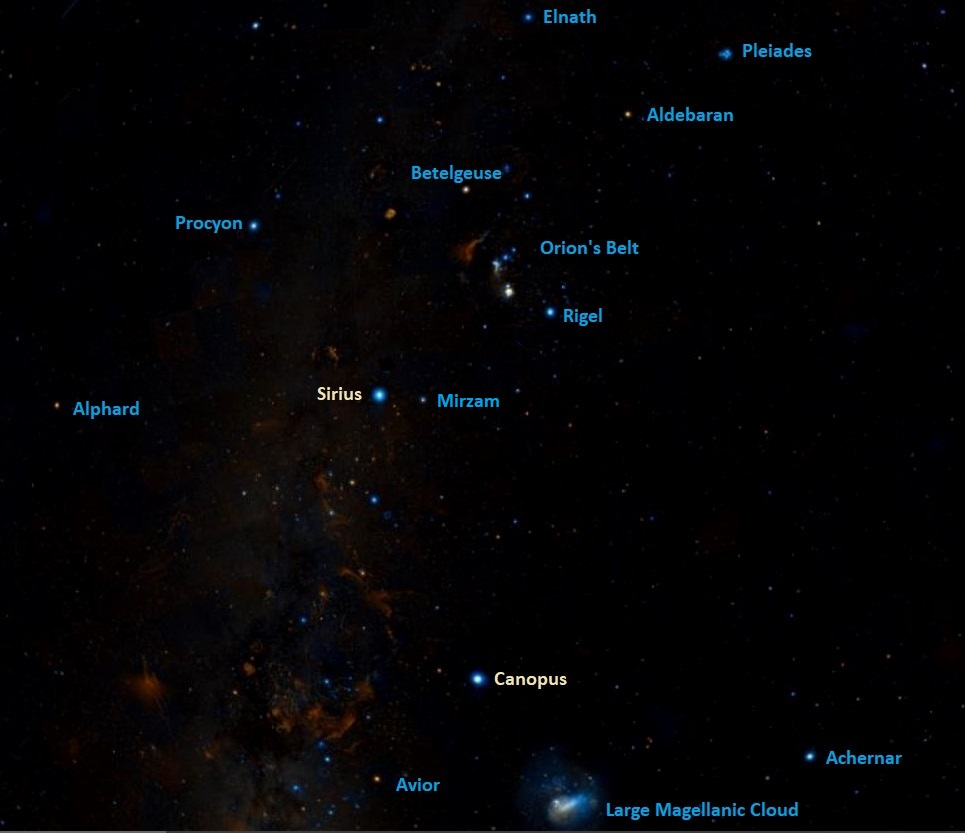
Canopus location Star Facts
Canopus Canopus in the southern constellation of Carina. Canopus, second brightest star (after Sirius) in the night sky, with a visual magnitude of −0.74.
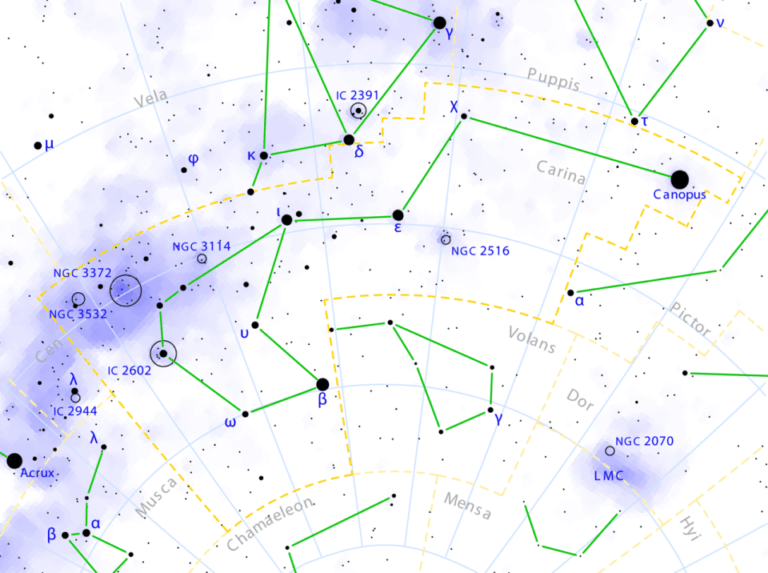
Canopus (α Carinae) Facts, Information, History & Definition
Canopus is the brightest star in the southern constellation of Carina and the second-brightest star in the night sky. It is also designated α Carinae, which is romanized ( transliterated) to Alpha Carinae. With a visual apparent magnitude of −0.74, it is outshone only by Sirius .
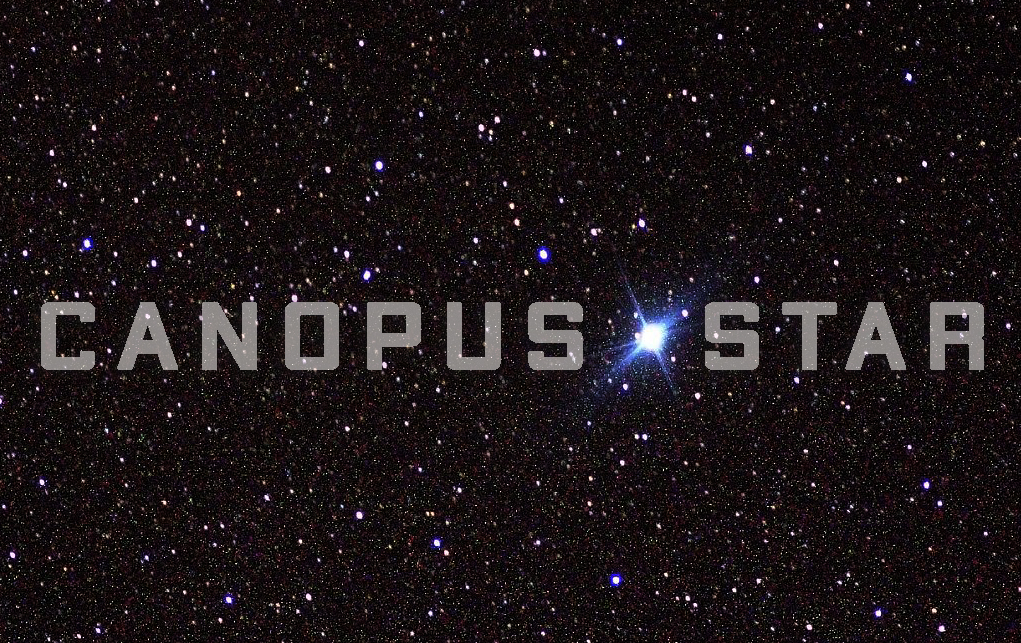
Canopus Star Features & Facts About Alpha Carinae The
Canopus is a white, main sequence star. It is the center of the planetary system with sufficient mass to hold six bodies in orbit about it. Canopus, emits an abnormally high flux of charged particles with imbedded magnetic-field segments which severely contract the planets' magnetic field, such as Arrakis, causing magnetic disturbances. Canopus is a star of high stability. Rarely do star spots.
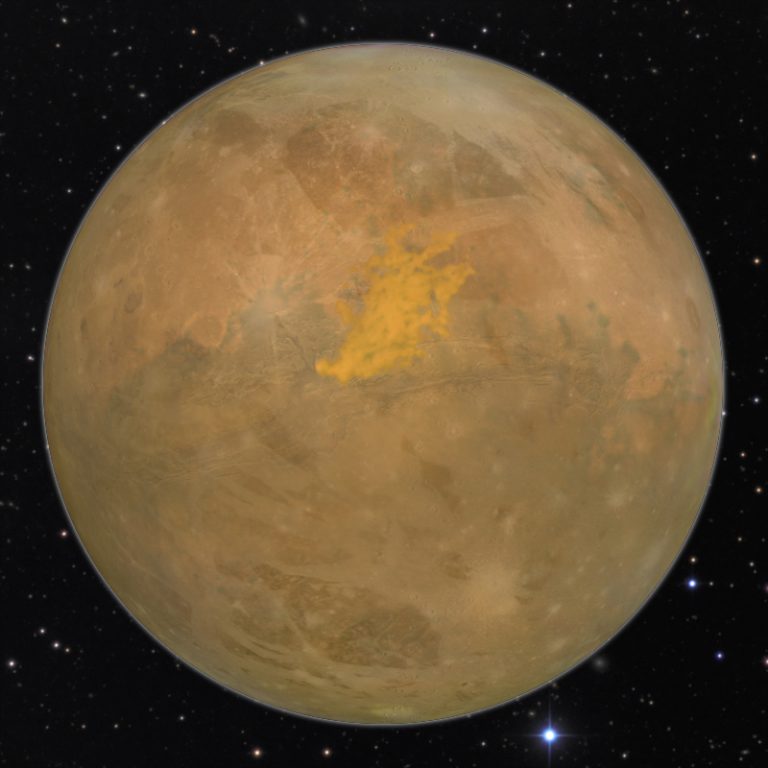
EarthSky Can you see Canopus, the 2ndbrightest star?
Canopus, Alpha Carinae, is the brightest star in Carina constellation and the second brightest star in the night sky. Canopus is fainter only than Sirius. The star is a supergiant or bright giant, yellowish-white in colour, with an apparent magnitude of -0.72. It is located at a distance of 310 light years from Earth.
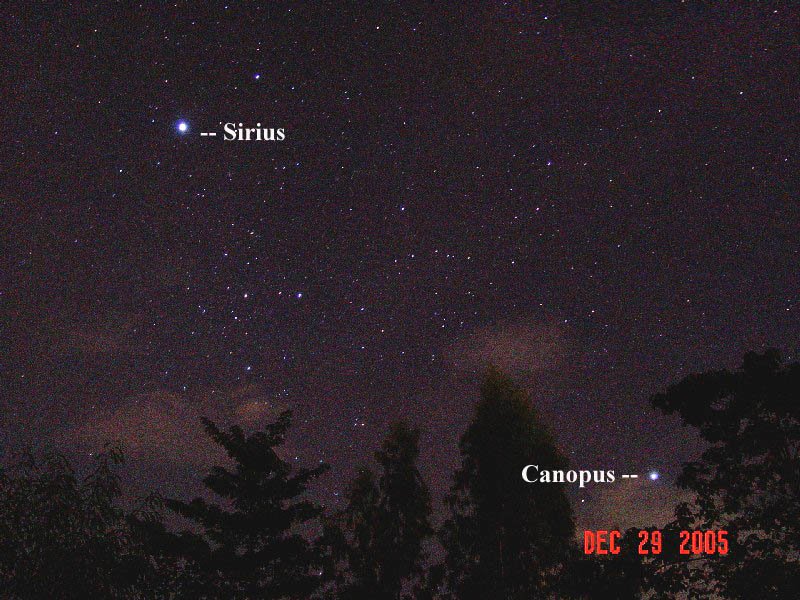
December 29, 2005 ALP Stargazing Session at TGPM , BusoBuso , Antipolo
Star System, Size and Composition Canopus is a bright giant of spectral type A9, so it is essentially white when seen with the naked eye. It has the stellar classification F0 II or F0 Ib, which means that the star is a less luminous supergiant. It may be evolving into a red giant or away from red giant status.

Canopus ( Agastya) star
From latitudes like those in the southern U.S., Canopus - the sky's 2nd-brightest star - appears as a bright light closer to the horizon than Sirius (the sky's brightest star). For those.

Canopus Alpha Carinae Constellation Guide
Canopus is a bright star most easily visible in the Southern Hemisphere. It is in the constellation Carina, the keel. The star is of a fairly rare type, considered a class F giant on the main.

The Star of Good Fortune, and Old Age Cosmic Pursuits
Wikimedia Commons In China, the star appears low in the southern sky (if it's visible at all; the star is out of reach of northern China), so Canopus became associated with the "Old Man of the South Pole," a gentleman with a white beard (a similar concept existed in Japan). The star is a symbol of longevity and happiness.
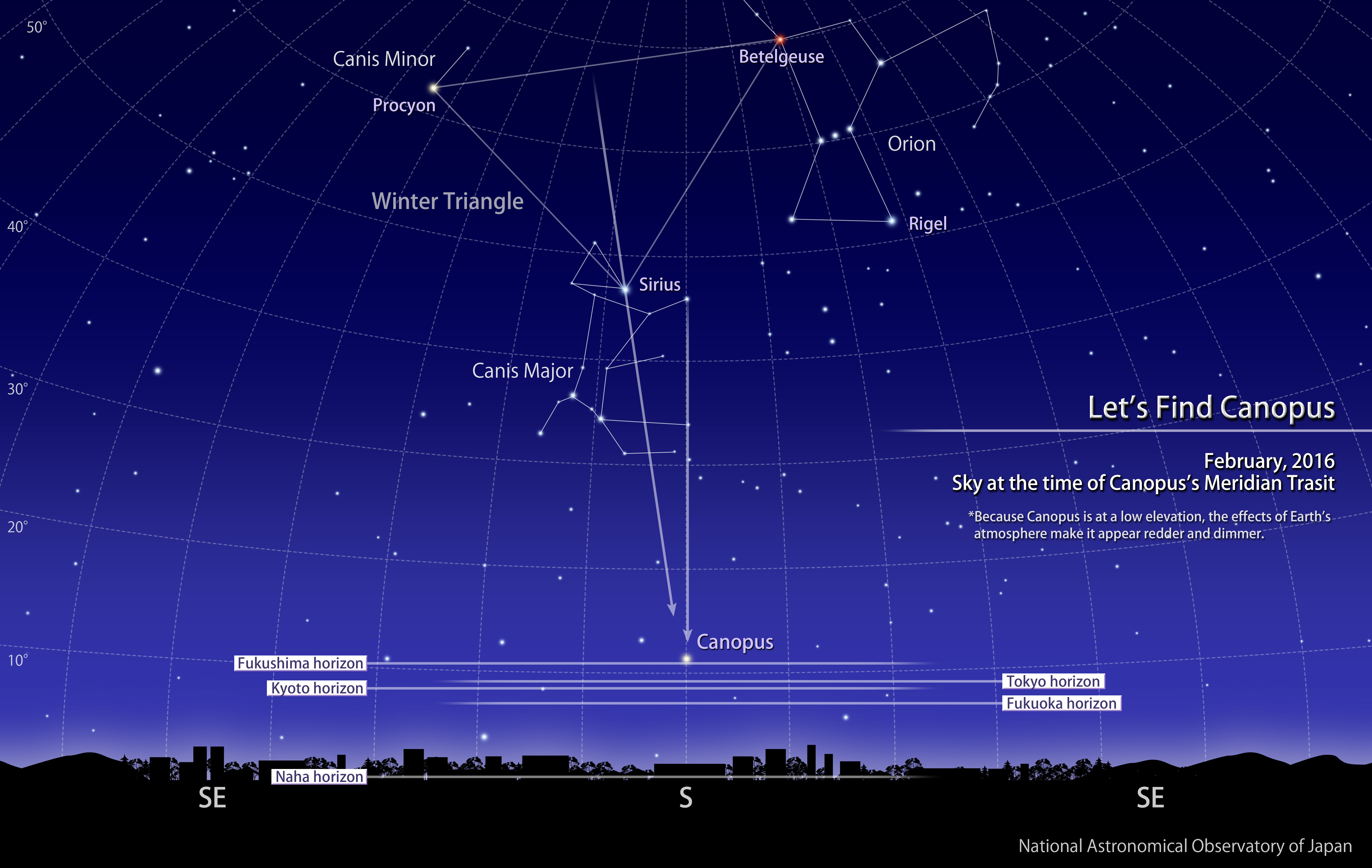
Let’s Find Canopus NAOJ National Astronomical Observatory of Japan English
8 Wikipedia's Canopus; Role in navigation says Role in navigation To anyone living in the Northern Hemisphere, but far enough south to see the star, it served as a southern pole star. This lasted only until magnetic compasses became common. In modern times, Canopus serves another navigational use.

Canopus Star Video YouTube
Canopus, Alpha Carinae (α Car), is a white bright giant star located in the constellation Carina. With an apparent magnitude of -0.74, it is the brightest star in Carina and the second brightest star in the sky, after Sirius. Canopus lies at an approximate distance of 310 light years from Earth.

Canopus Information
Canopus is an F-type bright giant star that is suspected to be nearing the end of its life cycle even though it is considerable young. Its mass is 65 times that of the Sun. In fact, this star is so large if it were placed in the middle of the solar system it would reach 90 percent of the way to Mercury. Brightness of the Star

Canopus III Memory Beta, noncanon Star Trek Wiki FANDOM powered by Wikia
Canopus star in the Carina constellation (Image credit: Getty) Locating Canopus:. Alpha Centauri is the closest star system to the sun, little more than four light-years away. It actually.
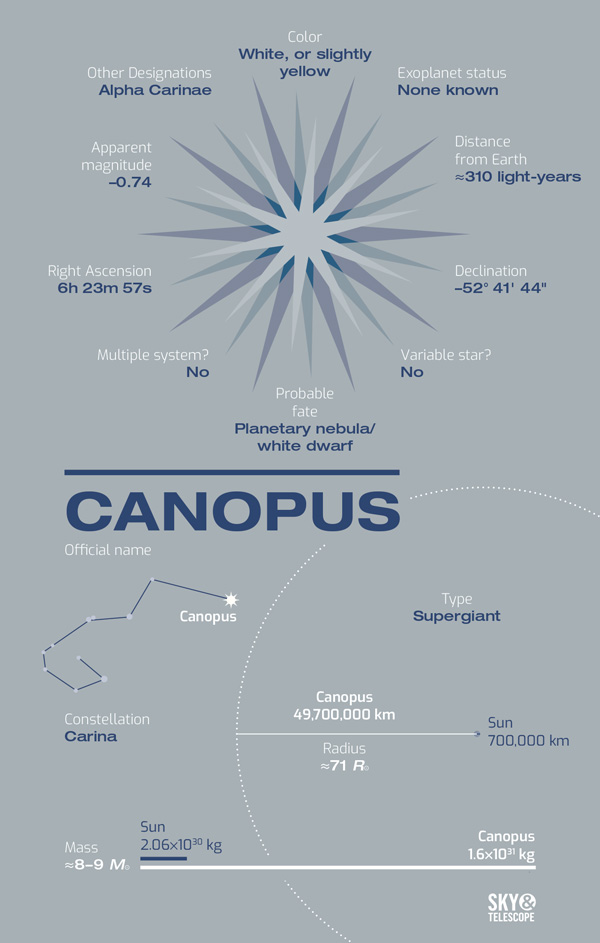
Meet Canopus, the Second Brightest Star Sky & Telescope Sky & Telescope
Location: Beta Quadrant Canopus, also known as Alpha Carinae, was an inhabited planetary system in the Beta Quadrant . In 2257, the location of this system was labeled on the star chart showing the trajectory of Lieutenant Spock 's shuttle. ( DIS: " An Obol for Charon ")

Canopus Star Canopus Star (Lidiane Siqueira) rectangles 1… Flickr
Canopus (Alpha Carinae) located in the constellation Carina is a yellowish-white supergiant 313 light-years away, that is 65 times the size of our own sun. At -0.72 magnitude, it is also the second brightest star in the night sky, second only to Sirius (-1.46), but lies so far south that it is invisible from latitudes north of 37 degrees, including most of Europe and the United States.

Majestic Canopus is the 2ndbrightest star in the night sky
Details here. Read More Canopus over Spain's Canary Islands Every February, Canopus - the sky's 2nd-brightest star - makes its annual brief evening appearance for Northern Hemisphere.

Canopus Claytons Jewellers
The atmosphere consisted of 75.4% nitrogen, 23% oxygen [1] and negligible amounts of trace gases; given the abundance of oxygen, the atmosphere allowed human beings to live on the planet without respiratory equipment.